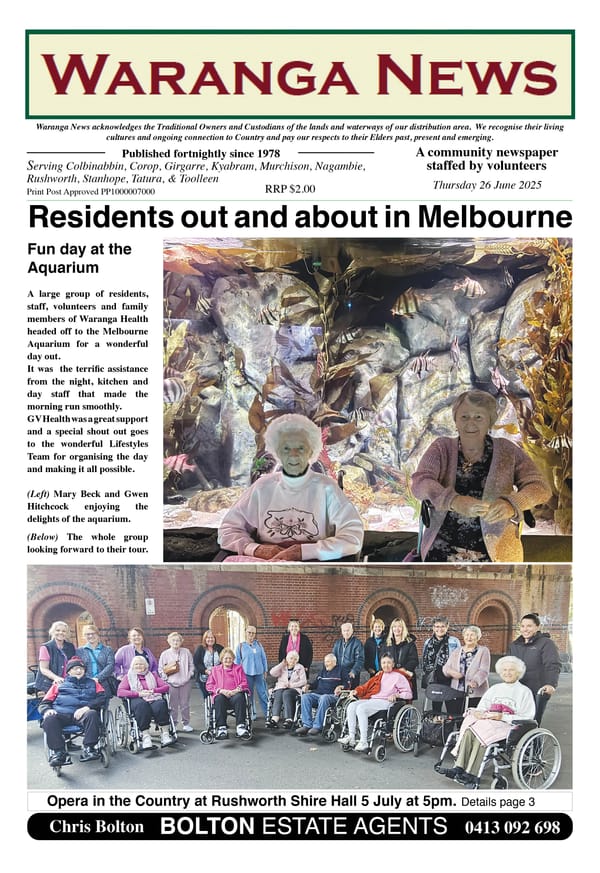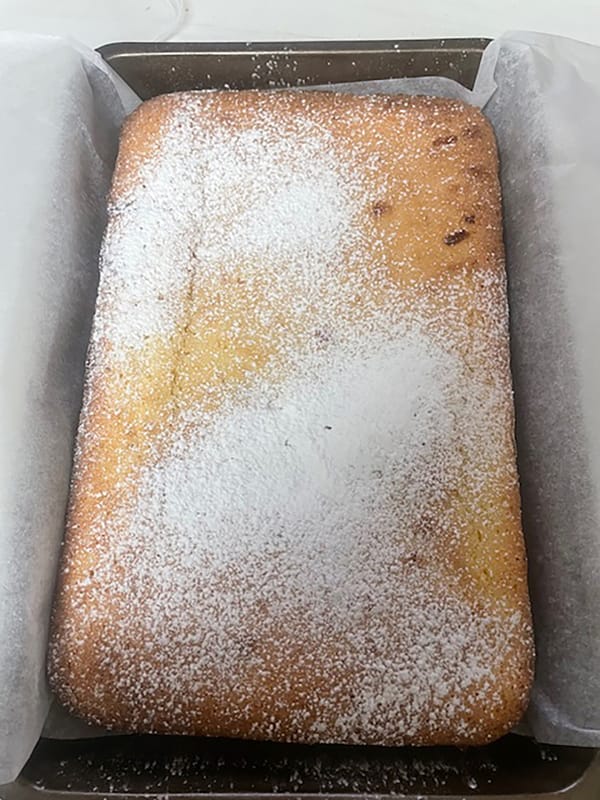7. Country of the Ngurai-illim Wurrung

By the early 1800s, prior to colonisation, the “borders” of the lands for which different groups of Aboriginal people in Victoria were custodians were quite clearly defined and respected. This was a process that had been going on for thousands of years.
Victoria was divided up into lands of nearly 40 Aboriginal language groups. Within those areas, there were smaller areas mainly frequented by the individual clans belonging to each group.
While there is ongoing debate about the specific boundaries of the land cared for by various groups, the Ngurai-illum Wurrung people had clearly defined territory, as evidenced by many studies. The northern boundary abutted what is now known as Bangerang and Yorta Yorta land; to the south – Taungurung; to the west, beyond the Campaspe River – Baraba Baraba.
The area extended in a wedge roughly from the Campaspe River in the west, to the creeks between present-day Murchison and Violet Town to the east. The southern limit ran through present-day Mitchellstown on an east-west axis, while the northern limits extended from near Echuca in the north-west, on a south-easterly axis, crossing the Goulburn near Toolamba. So it was a massive area (500 square kilometres in round figures), with a relatively small population.
CLAN BASES
As previously noted, there were three clans of the Ngurai-illum Wurrung which spoke the same language and shared common culture and customs. Most contemporary maps of aboriginal groups have the Gunung willam clan based along the Campaspe River around Elmore and Barnadown. “King Charles” Tattambo, who is buried in the Murchison cemetery, was a member of this clan and a ngurungaeta (elder, head man). The Benbedora people also frequented the northern reaches of the Campaspe, and across the plains south-east of Echuca. Ngurai-illum balug people were more often found along the Goulburn River and the creeks to the east.
Later stories will focus on movement of the clans within the broader Ngurai-illum Wurrung lands, although there is a dearth of published information about this. Of necessity, much of the published information that is available is speculative, and often contradictory, so it is very hard to get a clear picture.
Suffice it to say at this stage that water was vitally important, so rivers, creeks, swamps, lakes (e.g. Reedy Lake) and other wetlands were central to the Aboriginal way of life in this area.
RELATIONSHIPS WITH NEIGHBOURS
Most present-day writing suggests that the Ngurai-illum Wurrung occupied land south of more aggressive northern neighbours – the Bangerang and Yorta Yorta. There is some evidence to suggest that the Ngurai-illum were not as warlike as their neighbours, and indeed feared them.
However, this is not to suggest that contact was always avoided. There was regular contact for trade, cultural events and to allow for inter-marriage between members of different clans and language groups.
What it does seem to suggest though, is that territorial boundaries were known and generally respected. Invasion with the intention of taking over land, in the sense that we know it, did not occur between Aboriginal groups. This may be partly because boundaries had been established since time immemorial, and particular clans were inextricably linked to their own Country where they spent most of their time.



